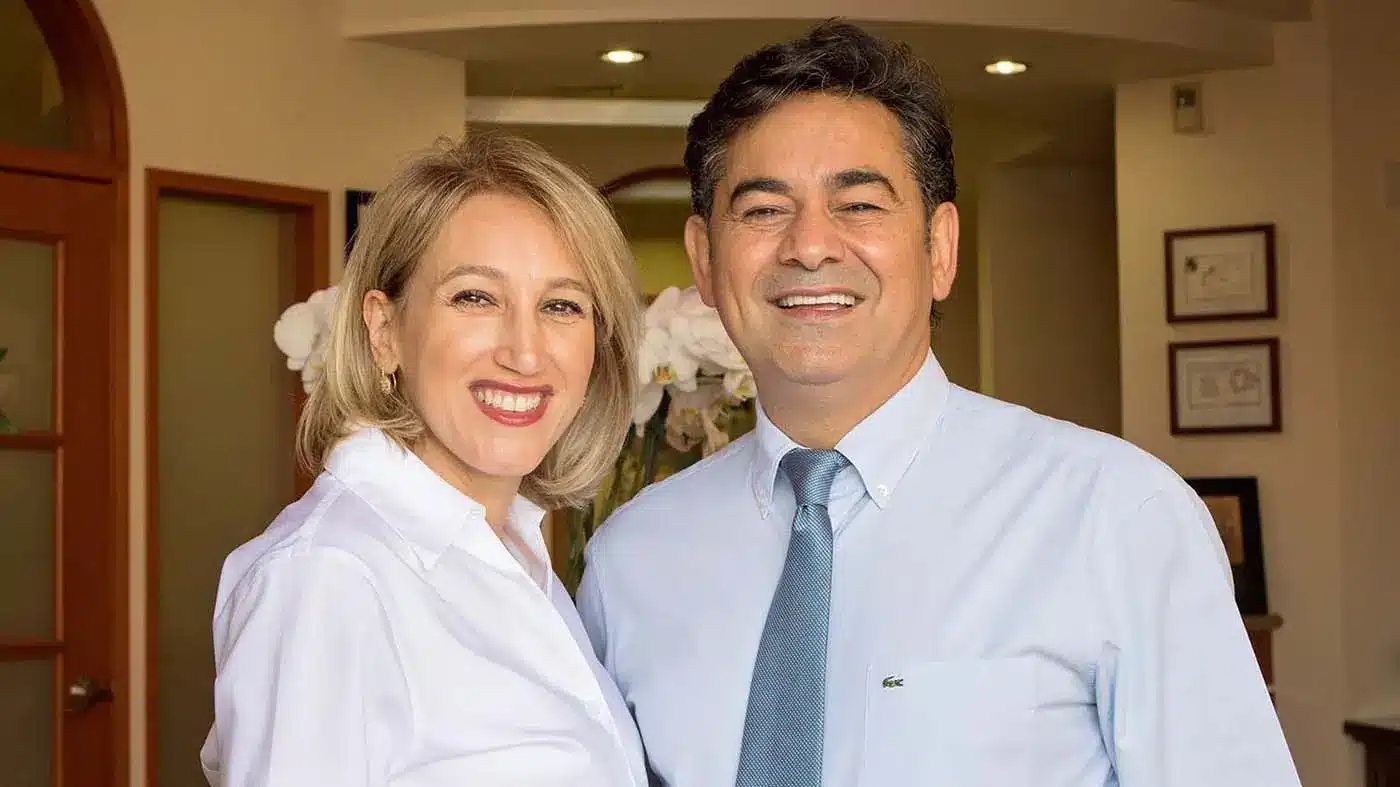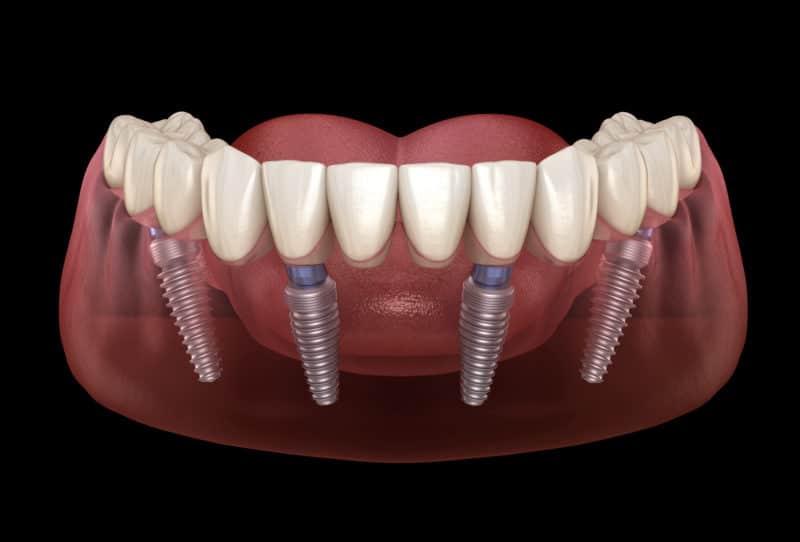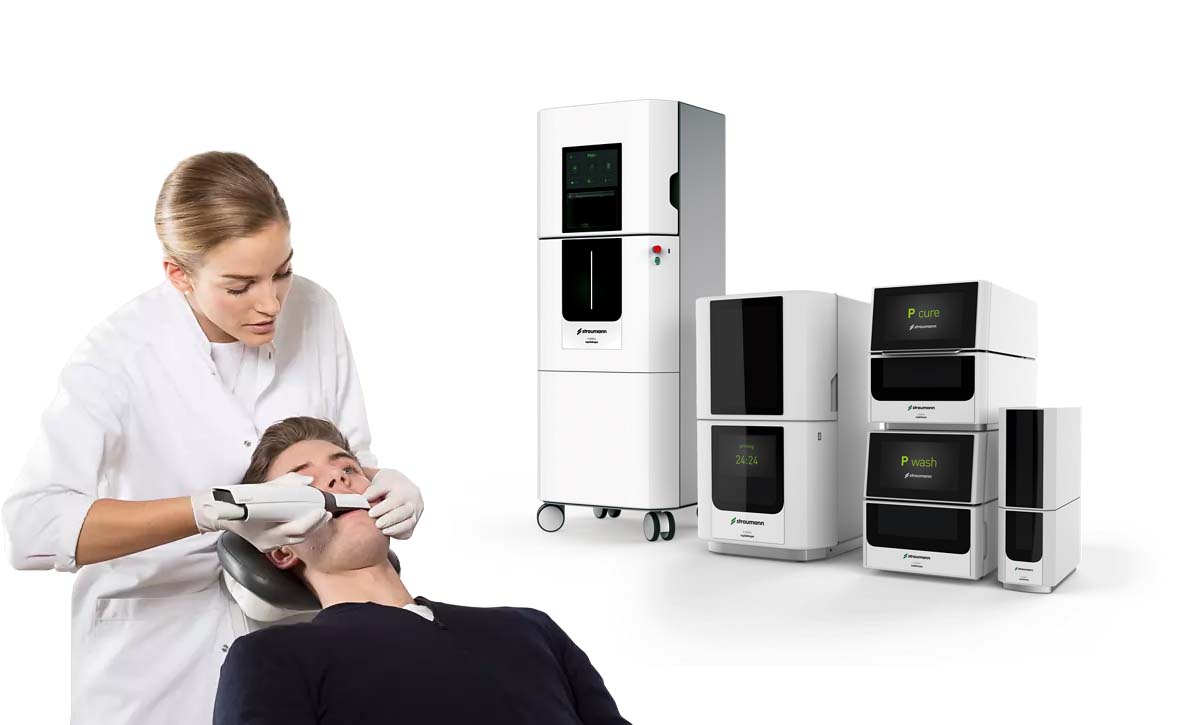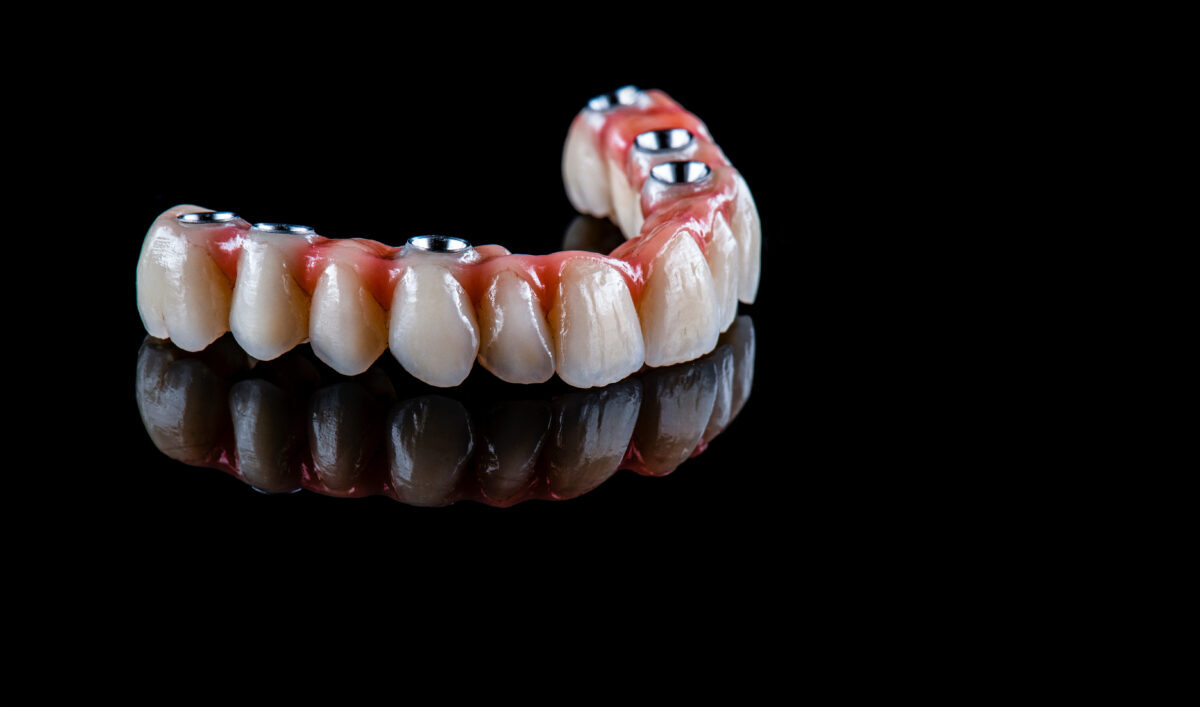Average cost of Bone Graft cost in Los Angeles, CA is between $100 and $1,500. Are you considering having dental implants as a part of your personal smile makeover? According to the American Academy of Implant Dentistry, more than three million people seek dental implants every year. Call Southland Dental Care for a complimentary Bone Graft for Dental Implants Consultation.
Yet the American College of Prosthodontics reports that only around 3,500 professionals have the higher education, extra training and special qualifications to perform dental implant procedures in Beverly Hills, Los Angeles and nationwide.
This makes your choice of implantologist both easier and much harder. What should you look for in a prosthodontist? What are the right questions to ask to screen a specialist? What is the procedure itself like and how will you know you are a good candidate?
Most importantly, how much is the bone graft cost for dental implant procedures? Read on to learn the answers to each of these questions and more.

What Is a Bone Graft for Dental Implants?
Did you know the very first bone graft procedure dates back to 600 A.D.? We know this because researchers excavated a Mayan woman who showed evidence of dental “implants” that were basically pieces of shell hammered into her jawbone!
Thankfully bone grafting and dental implant science has come a long, long way since those early days.
The best way to think about a bone graft is to consider how a new building is constructed. First, the contractor sets about ensuring a firm foundation. Scaffolding or staging is set in place around the entire exterior to support the construction of the new building.
As the building continues, the scaffolding becomes less necessary as the structure itself becomes increasing solid and stable.
If you think of the area of the bone graft like this new structure that is being built, you can see how initially the scaffolding is necessary until the new graft fills in (a process called guided tissue regeneration) and “sets” to become a permanent and stable part of your jaw.
The purpose of bone grafting is simple: to re-establish jaw stability and ensure oral health. A bone graft is an utterly unique procedure in the field of oral medicine and each procedure is unique to each individual patient.
The reasons a bone graft may become necessary are many: genetics, trauma, disease, infection, tooth loss and more. Missing teeth is a common cause of bone loss in the jaw, since the presence of your teeth is a big part of what keeps your jaw bone healthy and strong.
Bone grafting is often combined with dental implants, since some patients who have experienced bone loss cannot receive implants without first having a bone graft done.
Bone grafting may also help to achieve facial and smile symmetry, and in this capacity it can be an especially important part of any smile makeover.
What Material Is Used for Bone Grafts?
There are two main types of material used for bone grafts: bone-like material or the patient’s own natural bone.
Within these two umbrella categories, the graft material can be sourced in a number of ways. Bone-type material may be created from stem cells, ceramics, polymers, bioglass, growth factor (enhanced graft) and more.
- Autograft bone comes from the patient – in this case, we may be able to harvest bone from other areas and relocate it safely to your jaw.
- Allograft bone is human bone from a source other than the patient, such as from a bone bank set up for just this purpose.
- Xenograft bone comes from a non-human species, most commonly bovine.
- Alloplastic bone is usually made from naturally-occurring source materials such as minerals like calcium carbonate, tricalcium phosphate and/or hydroxyapatite.
- Synthetic bone is typically made from a material that approximates the mineral-to-organic-matrix ratio of human bone.
- Growth factor grafts and mesh materials are considered to be “enhanced” grafts that can work with stem cells or other organic material to speed up the growth of new bone in the area of the graft.
Which material is chosen depends on the patient’s own overall oral health, the degree of bone loss, surgeon recommendations and patient preferences.
What Is a Bone Graft Procedure?
When your oral surgeon believes that your existing jaw bone is not sufficient (whether too thin, too soft or another reason) to support dental implants and overall good oral health, a bone graft procedure may be recommended.
Bone grafting is particularly common and important with dental implants, as you must have adequate strong jaw bone to support your new implant.
In preparing for a bone graft procedure, you and your prosthodontist will discuss the best approach and material to use.
During the actual bone grafting procedure, one of two things may happen. If you and your surgeon have chosen to use your own bone to do the graft, your provider will first harvest that bone from another area of your body and then place the bone in the graft location in your jaw.
If you have made the decision to use graft material from a different source, your surgeon will place that material in the graft location in your jaw.
There are four basic types of bone graft procedures: minor, medium, major and sinus. If your procedure is minor or sinus, you may be able to have your graft placed and continue on to have additional surgery, such as a dental implant, that same day.
If your procedure is medium or major, you may need to wait for a period of time for the graft to “take,” which basically means to fully grow in and knit together seamlessly with your existing jaw bone.
The type of bone graft you need can depend on your unique facial symmetry issues as well as where your implant(s) will be placed. Block grafts, sinus lift grafts and socket grafts are common types of minor bone implant procedures.
Who Is a Good Candidate for Bone Grafts?
So who makes a good candidate for bone grafts? If you are basically healthy in all other ways, yet have experienced some loss or degradation of your jaw bone, you may be a good candidate for a bone graft procedure.
The best way to find out if this is the right approach is to schedule your initial consultation with Dr. Hanookai.
What Is the Bone Graft Cost for Dental Implant Procedures?
Bone graft for dental implants could cost $100 and $1,500. This is the big question that every prospective patient has when beginning to learn about the benefits of bone grafting.
How much will it cost? Let’s take a look.
There are four major factors that can impact the cost of a particular dental implant procedure: type of graft material, extent of graft, the chosen provider and whether you have dental insurance that offers coverage for bone grafting for dental implants.
This makes it difficult to provide an exact cost here, but we can certainly present a cost range to give you more information. When you schedule your free consultation with Dr. Hanookai, she can give you a more exact quote for your particular bone grafting and dental implant needs.
So now let’s look at each of the four factors and how they can impact the cost of bone grafts for dental implants.
Type of graft material.
While cost should never be the sole consideration for choosing the type of graft material, it can be important in the case where you have multiple favorable options.
The typical cost range for a simple bone graft that uses a material other than the patient’s own bone is usually between $200 and $1,200 per implant (add an additional equal cost for each additional single implant).
The typical cost range for a bone graft using the patient’s own bone is going to require two operations and thus the cost will be higher. The range is $2,000 to $3,000 in most cases.
Extent of graft procedure.
The extent of your graft procedure can also impact the cost, as in the case where the patient’s own bone will be used for the graft and a second operation is required.
In the case where there are multiple graft locations or a less-common graft material is recommended, this can also drive up the cost.
Your choice of provider.
There is no doubt that a cost range exists across the field of prosthodontics. Here, it is important to learn as much as you can about the typical cost range for your type of graft material and procedure so you can avoid both over-priced and low-ball pricing.
Low-ball pricing can be especially tempting but also especially dangerous to your overall oral health as well as the long-term success of your procedure. As with any major purchase, if the price seems too good to be true, it may well actually be.
Keep in mind that specialists like prosthodontists and implantologists have chosen to undergo extensive additional training and clinical practicums to develop the advanced knowledge and skill required to ensure the success of your procedure.
Availability of dental insurance.
In many cases, dental insurance will cover some or even a majority of the costs of having bone grafting for the purposes of placing dental implants.
Generally, the deciding factor in whether your dental insurance will cover your procedure stems from the reason you are having bone grafts for dental implants.
If you need implants because of tooth damage or loss due to injury or disease, you are more likely to receive reimbursement from your dental insurance provider.
Additional bone graft costs.
As part of the diagnostic and evaluation process, your provider will likely require a partial or full-mouth X-ray series and a CT scan.
X-rays can cost anywhere from $60 to $250 depending on the extent of the imaging area.
CT scans can cost $250 to $1,000 or more.
Cost & Other Questions to Ask Before Choosing a Prosthodontist
When you choose a prosthodontist, you are choosing a specialist who will oversee one of the most important procedures you will ever have to ensure your oral health and a smile you feel proud to share.
You don’t want to make this decision quickly or lightly!
The first thing you want to ask is about the provider’s credentials. Look for a specialist who has advanced education and training as a prosthodontist, implantologist, oral and IV sedation and oral surgery.
You also want to choose a provider that provides the initial consultation free of charge.
Once you have selected your provider, you will schedule your initial consultation and receive your cost quote.
Different providers may issue this quote in different ways. The industry standard is to issue a comprehensive quote that includes everything you will need to complete your bone graft for dental implants procedure.
However, some providers may break out costs separately. In some cases, your dental insurance may require this type of detailed billing.
It is important to ask whether your quote includes everything so you know what to expect.
Do I Need Bone Graft for Full Mouth Dental Implants?
If you’re considering full mouth dental implants, you may be wondering if a bone graft is necessary. The need for a bone graft can vary from person to person and depends on several factors.
- Bone Density: Your dentist at Southland Dental Care will assess your jawbone’s density to determine if it can support dental implants without additional procedures. Insufficient bone density might require a bone graft to ensure a stable foundation for your implants.
- Tooth Loss: The extent of your tooth loss plays a role. If you’ve been missing teeth for an extended period, your jawbone may have already experienced some degree of resorption, making a bone graft more likely.
- Implant Placement: The precise location of your dental implants can influence whether a bone graft is needed. Some areas of the mouth naturally have less bone density and may require augmentation.
- Implant Type: The type of dental implants chosen can also impact the need for a bone graft. Your dentist at Southland Dental Care will discuss implant options and whether bone grafting is advisable.
- Individual Assessment: Ultimately, the decision regarding bone grafting for full mouth dental implants is based on an individual assessment of your oral health and bone structure. Your dentist at Southland Dental Care will discuss your specific situation during your consultation.
While bone grafting may add time to your treatment plan, it can significantly improve the chances of implant success and the long-term stability of your new smile. Consulting with an experienced implant specialist at Southland Dental Care is essential to determine your unique needs.
During your consultation at Southland Dental Care, your dentist will evaluate your bone structure, discuss your treatment options, and provide recommendations tailored to your situation. Don’t hesitate to schedule a consultation with Southland Dental Care to explore the possibilities of full mouth dental implants and whether a bone graft is necessary to achieve your ideal smile.
By addressing these factors with Southland Dental Care, you can better understand whether a bone graft is required for your full mouth dental implant procedure and make informed decisions about your oral health and overall well-being.
Reserve Your Free Consultation
Practice founders Dr. Delaram Hanookai and Dr. Michael Abaian combine their skills in periodontistry, implantology, cosmetic dentistry and oral conscious sedation to deliver the highest level of care for their local Beverly Hills and Los Angeles patients as well as for patients who fly in from across the country.
A successful bone graft represents building a healthy foundation for a beautiful smile and lasting oral health. As such, many factors go into answering the questions of how, where, when and why with each individual patient.
You don’t want to trust your bone grafting procedure to anyone other than a bonafide expert. Together, Drs. Hanookai and Abaian have more than two decades of hands-on expertise treating celebrity and ordinary patients from all walks of life.
Today, you can (as one of our patients recently stated) “go to sleep and wake up satisfied” – if you pick the right prosthodontics professional.
To learn more and schedule your free consultation at Southland Dental Care, give us a call at 818-788-8787.














